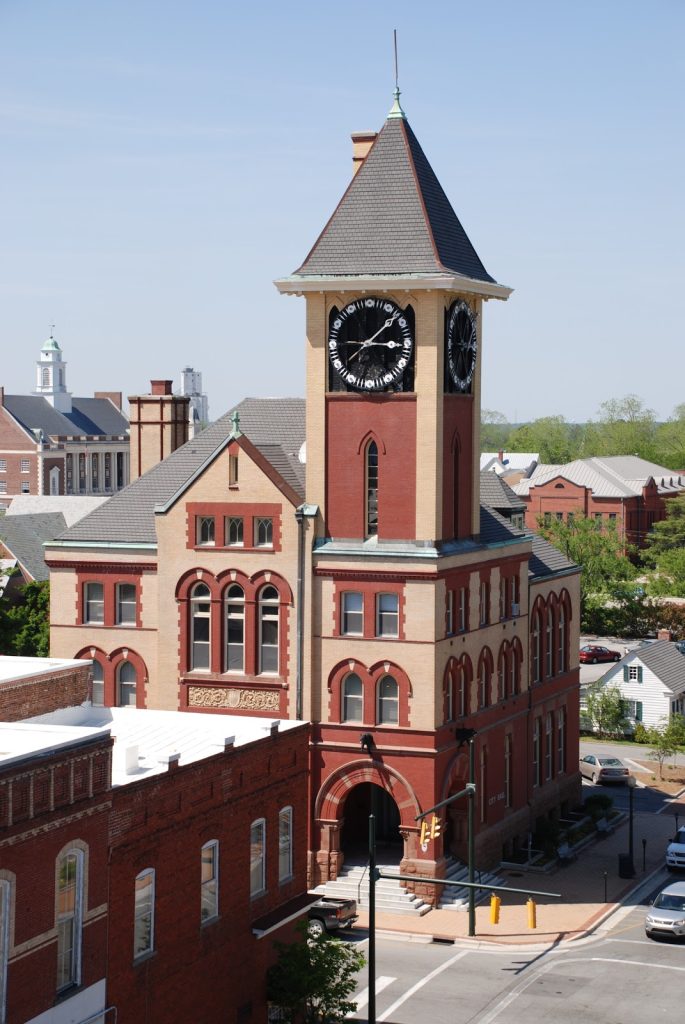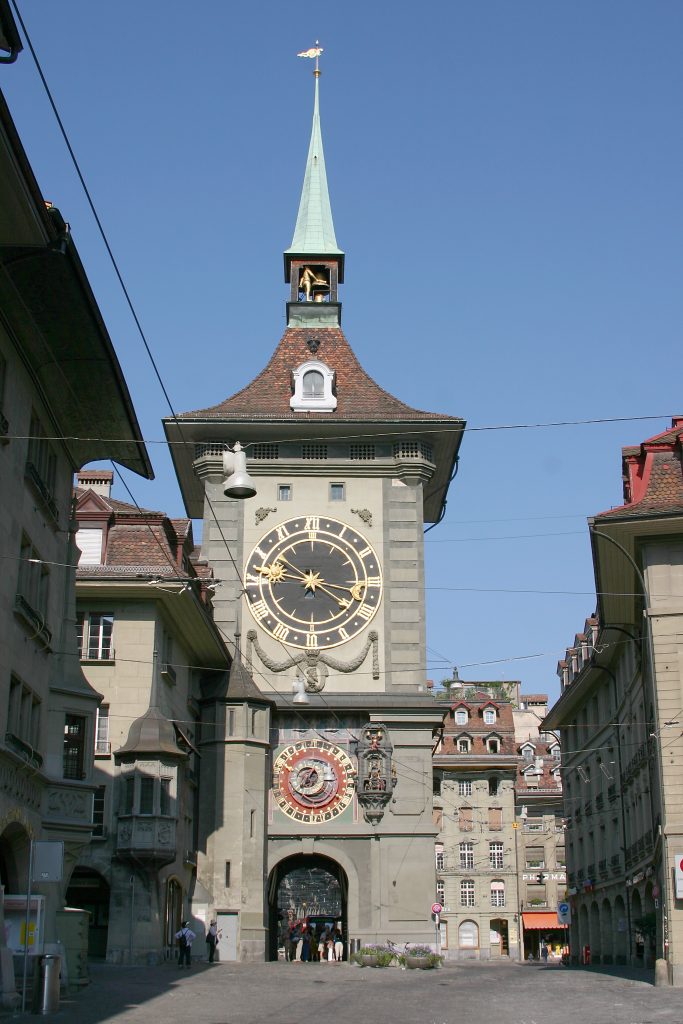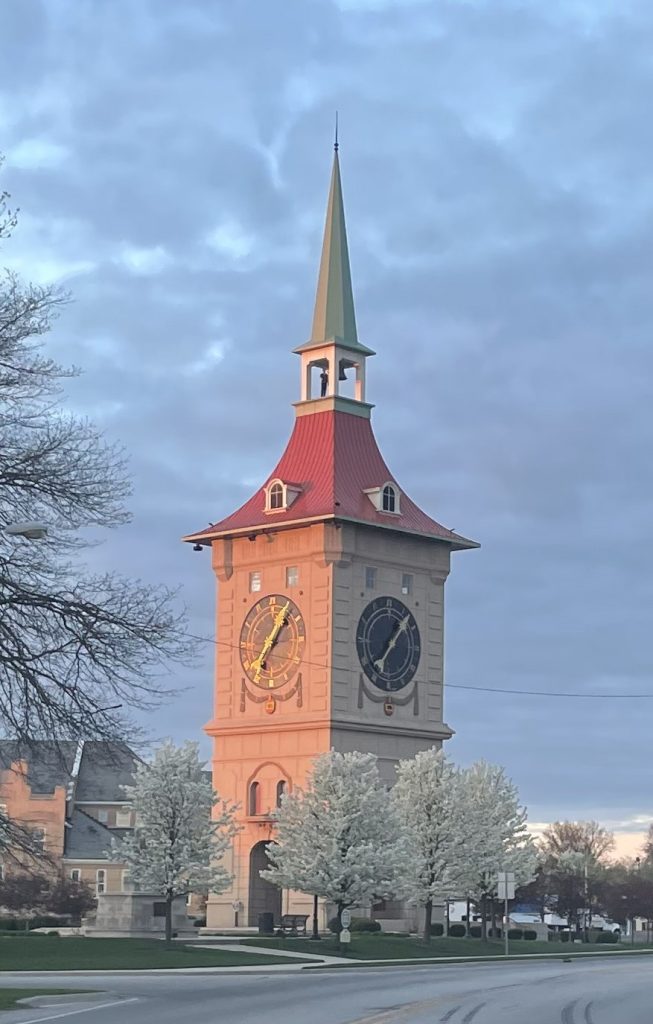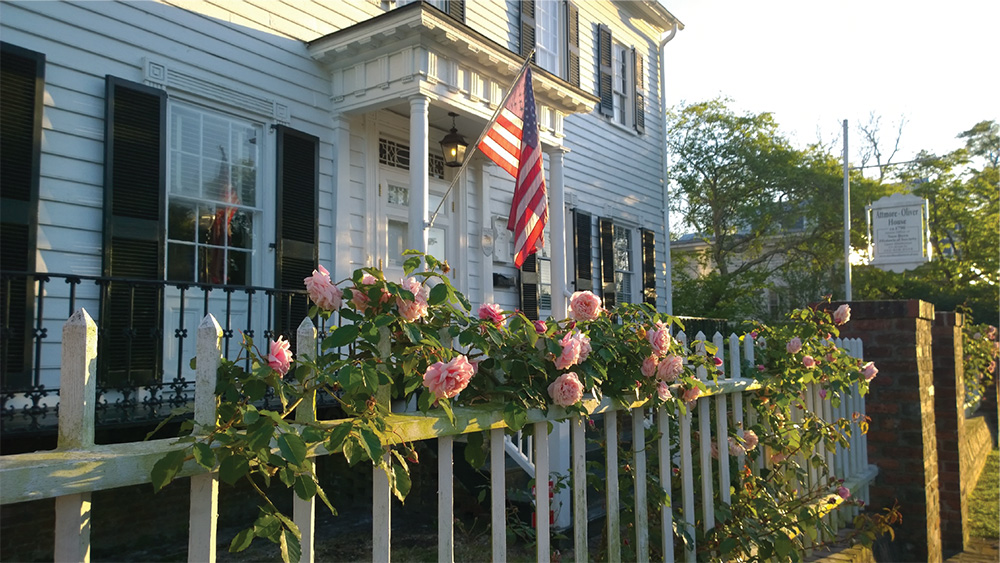With a Name Like Schmocker... er, Bern, It Has to be Good
by Claudia Houston, Historian, New Bern Historical Society

The April 1, 1982, New Bern Sun Journal newspaper had an interesting article about the number of towns, cities, townships, and other geographic entities with some derivative of the name New Bern. The headline proclaimed, “Thirty-Seven Bernes in United States.” At the time, Professor Erdmann Schmocker, a native of Bern, Switzerland, had an unusual hobby: tracking down all the towns and other geographic locations named from Bern, Switzerland. However, some of these towns, according to Professor Schmocker, were named after New Bern, North Carolina, the first namesake of the Swiss capital in the New World. Professor Schmocker was a notable architect in the United States and taught at various universities, particularly in Chicago. He was deeply involved in the Swiss American Historical Society for decades, serving as the society’s president from 1994-2001. He is now deceased.

Under the leadership of Christoph von Graffenried of Bern, Switzerland, approximately five hundred Swiss and German settlers arrived safely in eastern North Carolina in 1710 and gave our town its name. British settlers later came to town, but as they moved west, they took this name with them. According to Schmocker, “Towns called Newbern in Alabama, Tennessee and Illinois were settled by British who came from North Carolina.” Of the thirty-seven Bern’s that the Professor discovered, only two were unable to be traced to Switzerland or North Carolina.”

There is a Newbern, Alabama; New Berne, Illinois; Berne, Minnesota; Berne, New York; Newbern, Virginia, and Newbern, Tennessee. There are Bernes in Iowa, Michigan, South Dakota, and Washington. There are Newbern’s in Florida, Indiana, Iowa, and Kentucky, a New Berne in West Virginia, East Newbern in Illinois, and . . . well, you get the picture. How about Bern Junction in North Carolina or Bern township in Ohio and Pennsylvania?
The newspaper article was written 40 years ago. Are there more towns named from Bern and New Bern in the United States? A quick search of Google and other search engines only reveals a few towns named Bern or New Bern. What other variations of New Bern can you find in the US?
You can find a related article on how New Bern/Berne/Burn/Newbern/Newberne finally got its official name here.
For more stories like this from New Bern’s past, be sure to visit the Duffy Gallery at the North Carolina History Center to see our free centennial exhibit, “Through the Looking Glass, A Journey with the Storytellers.” Run, don't walk - the exhibit ends January 7!



